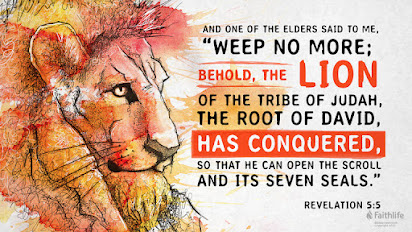Maundy Thursday; Tenebrae

Maundy Thursday, also known as “Holy Thursday,” is the Thursday of Passion Week, one day before Good Friday (the Friday before Easter). Maundy Thursday is the name given to the day on which Jesus celebrated the Passover with His disciples, known as the Last Supper. Two important events are the focus of Maundy Thursday.
First, Jesus celebrated the Last Supper with His disciples and thereby instituted the Lord’s Supper, also called Communion (Luke 22:19-20).
Some Christian churches observe a special Communion service on Maundy
Thursday in memory of Jesus’ Last Supper with His disciples. Second,
Jesus washed the disciples’ feet as an act of humility and service,
thereby setting an example that we should love and serve one another in
humility (John 13:3-17).
Some Christian churches observe a foot-washing ceremony on Maundy
Thursday to commemorate Jesus’ washing the feet of the disciples.
The word Maundy is derived from the Latin word for “command.” The
“Maundy” in “Maundy Thursday” refers to the command Jesus gave to the
disciples at the Last Supper, that they should love and serve one
another. Should we observe Maundy Thursday? The Bible neither commands
nor forbids it. It is a good thing to remember the Last Supper and
Jesus’ sacrifice on our behalf. It is a good thing to remember the
Lord’s example of humility. However, at the same time, we should avoid
ritualistic observances of holidays unless they are truly focused on God
and our relationship with Him.
Observing a special Lord’s Supper service on Maundy Thursday/Holy Thursday in remembrance of the Last Supper is a good thing to do. Doing a foot-washing
in remembrance of how Christ humbled Himself and washed the feet of the
disciples is a powerful reminder of how we are to live the Christian
life (Philippians 2:1-11). Let’s just make sure we are observing Maundy Thursday in a way that truly honors what happened at the Last Supper.
What is Tenebrae?
The word Tenebrae is Latin for "shadows" or "darkness." It can also be translated as "night" or "death." The Tenebrae service is an ancient tradition in Christian history that took place on one of the last three days of Holy Week: Maundy Thursday, Good Friday, or Holy Saturday. The purpose of this service was to remember the somber events that occurred in Jesus’ life from the exuberant entrance into Jerusalem on Palm Sunday through the night of Jesus’ burial on Good Friday. Communion is often included in a Tenebrae service, as well.
The most distinctive aspect of the service is the use of a Tenebrae
"hearse," a holder for several lit candles. The flames of these candles
are extinguished one by one as Scripture readings are shared to tell the
story of Holy Week. This gradual descent into gloom is a representation
of Jesus’ increasing sorrow as the events of Passion Week unfolded.
After the last verse is read, the last candle is put out, and the room
is plunged into darkness.
A loud noise may be sounded in the blackness, such as the violent
closing of a book, to represent the closing of Christ’s tomb. At this
point, another lit candle, which has been hidden from view, is put at
the top of the hearse, symbolizing Christ’s resurrection. The service
ends, and the participants are traditionally expected to leave in
contemplative silence.
The Bible does not mention Tenebrae, and such a service is therefore not
a mandate for the Church. However, this traditional service is still
performed by many Catholic parishes, Lutheran churches, and some
Orthodox churches. Many contemporary Christian churches will have Good
Friday services that harken back to the Tenebrae but with many
alterations for their modern congregations. Got Questions.org
Maundy is the Latin word for command.
Tenebrae is the Latin word for darkness.
Three of the four Gospels that record the earthly life and ministry of Jesus — Matthew, Mark and Luke — mention that the sky became dark as Jesus hung on the cross. “It was now about noon, and darkness came over the whole land until three, because the sun's light failed,” according to Luke 23:44.
According to the Gospel of Mark, he endured the torment of crucifixion from the third hour (between approximately 9 a.m. and noon), until his death at the ninth hour, corresponding to about 3 p.m.

Comments
Post a Comment
Leave a comment please.